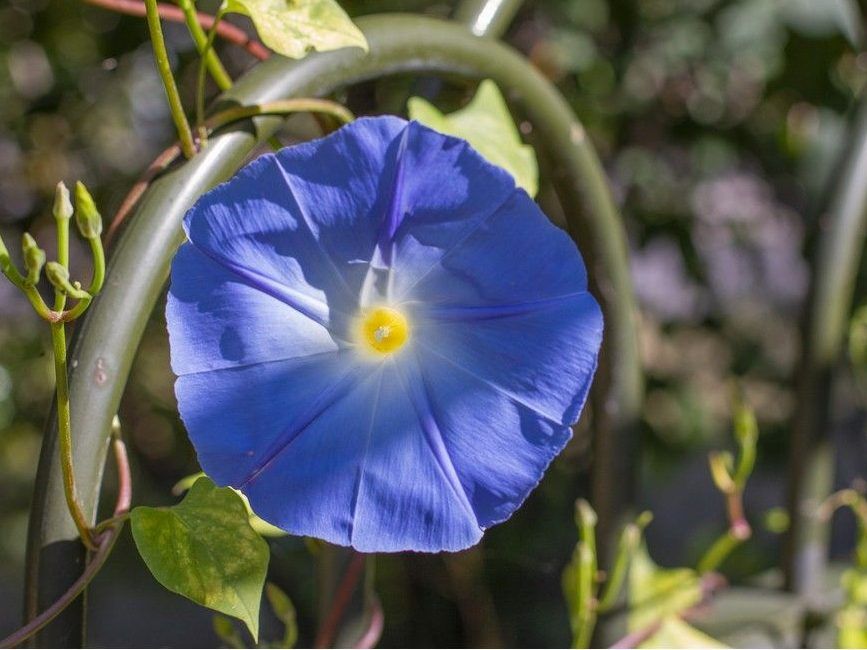Gardeners love blue blooms. Blue is viewed as peaceful and relaxing. It represents the sky, water, and even the far horizon.
It is not a coincidence that the blue flower was a core symbol for the Romanticism movement of the 1800s where it stood, and still does, for desire, love, the sacred longing and aspiration for the infinite, the unattainable, and perhaps the unknowing. Blue is the soul of the poet in all of us. In nature, fewer than 10 per cent of all flowers are blue and the colour is even less represented in the animal world.

So, it makes sense that it is the colour of desire and longing. We always want that which is the most unattainable! Blue as a colour or pigment doesn’t exist in nature. What we as blue is a combination of other pigments and minerals along with reflected light.
Anthocyanins, the red pigments, are the most common pigments for blue mixed in varying concentrations which also explains why many flowers called blue appear to us as lavender, light purple or even blue-red. The physics of light plays a part as the colours we see are the ones that are not absorbed by an object. Plant leaves are shades of green for the most part because they absorb every other colour but green.
This begs the question, why any blue flowers at all? To be different, even unique, of course! In the competition for pollinators, plants can be quite willing to sacrifice a bit of energy to become a niche bloom for that special pollinator. It’s probably why we, the gardeners, prize.























